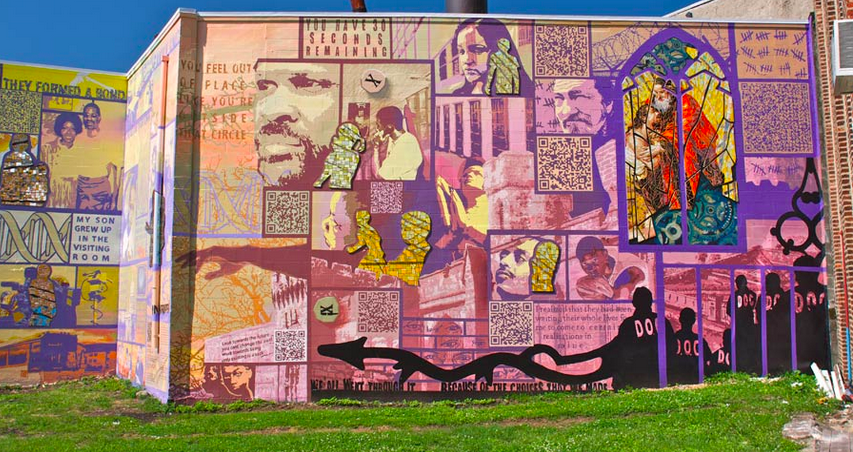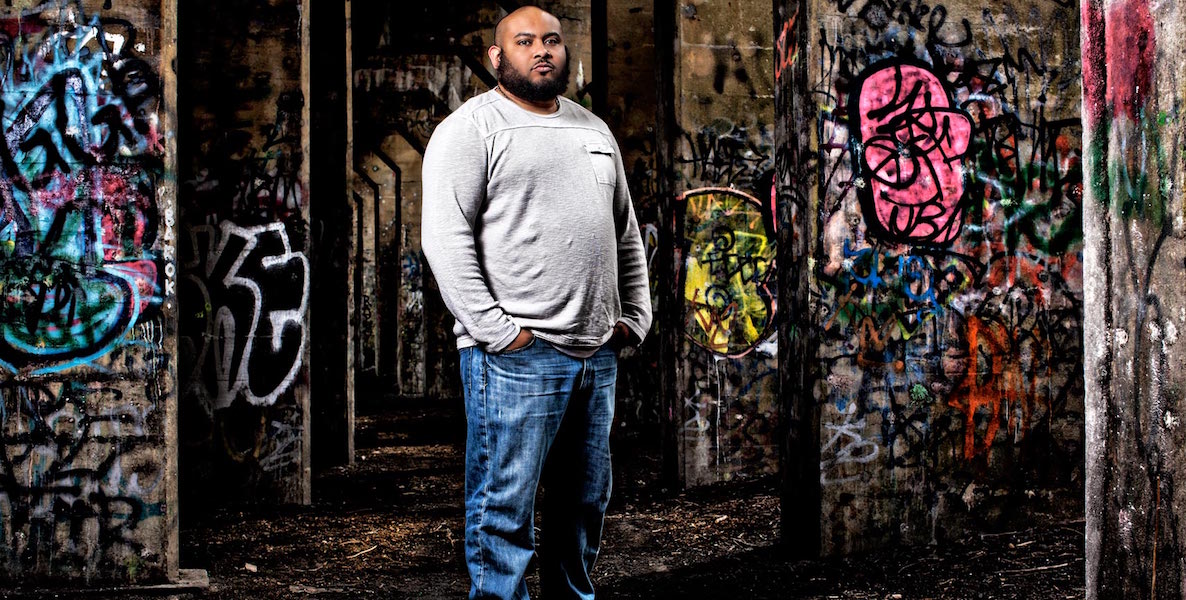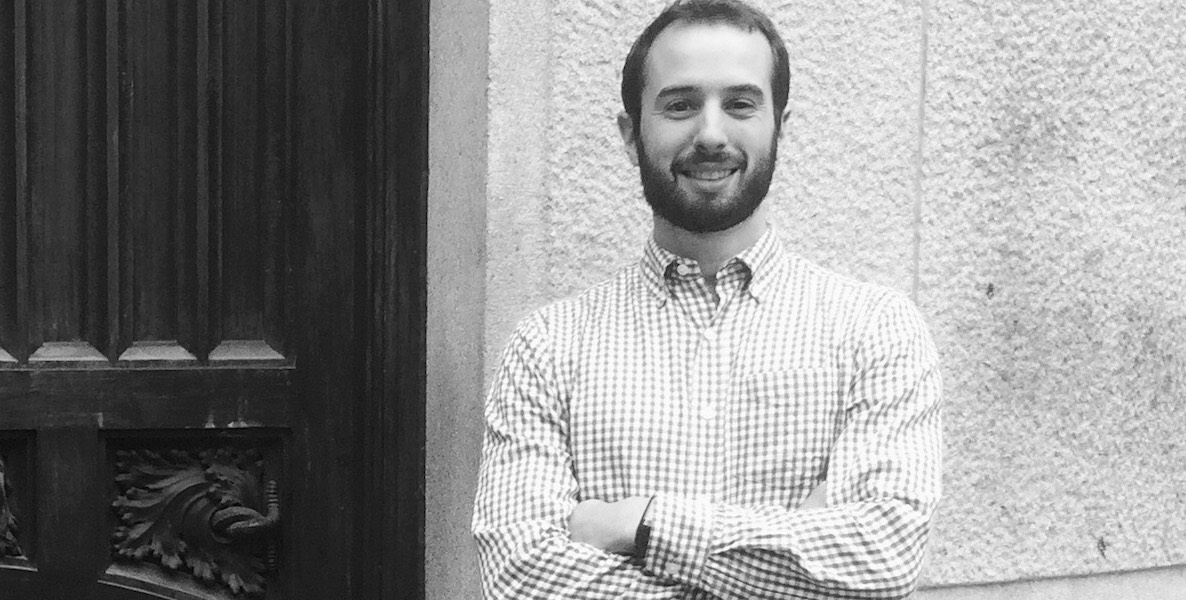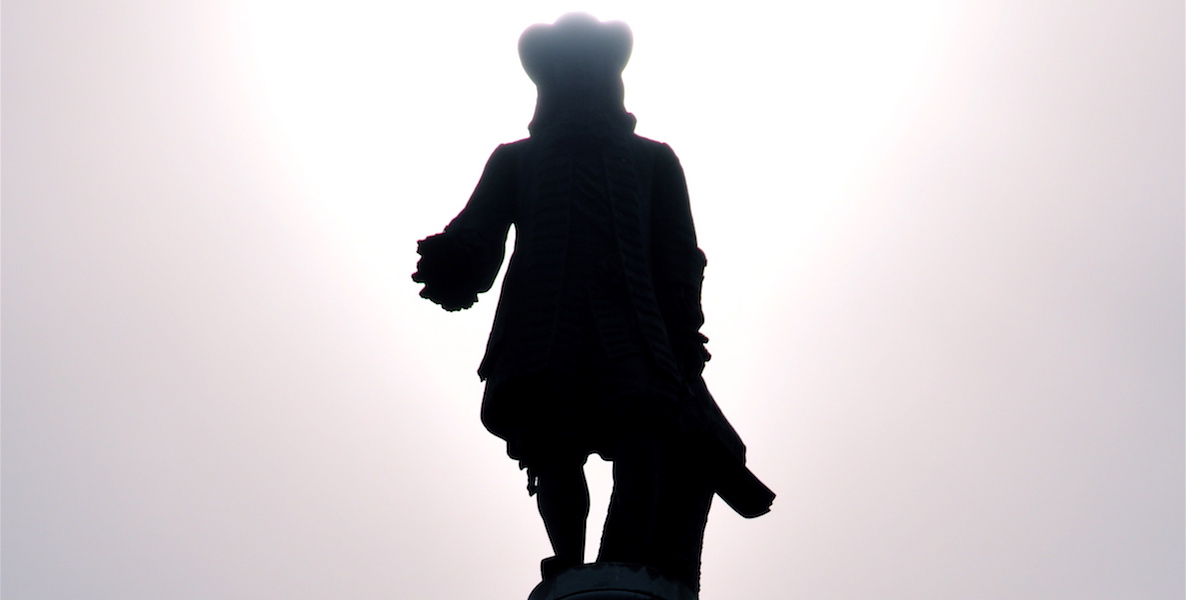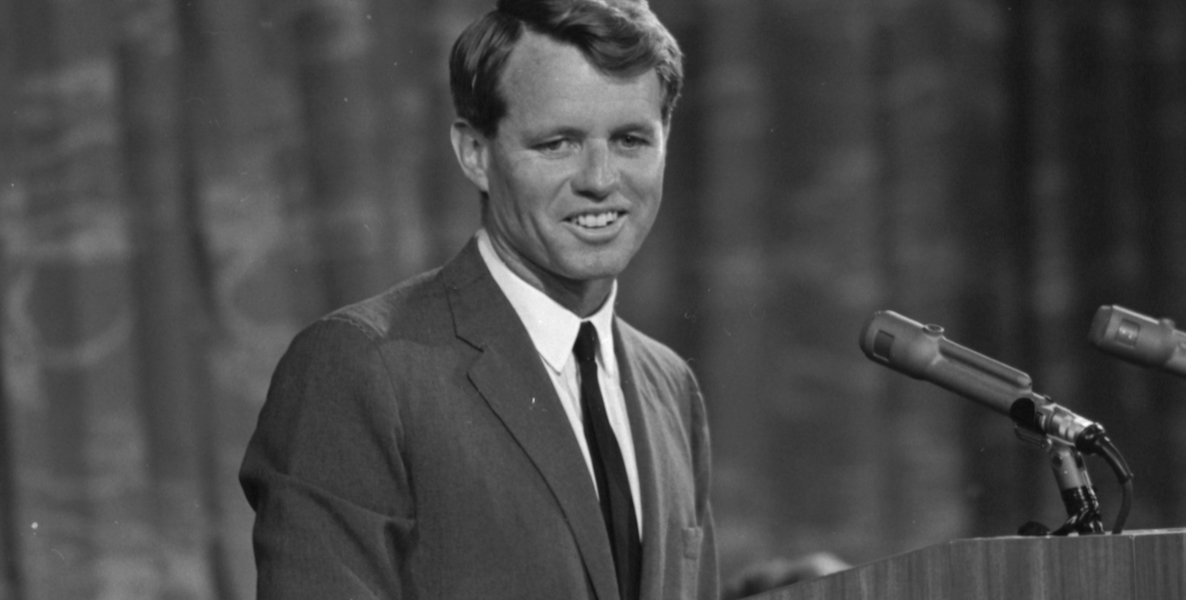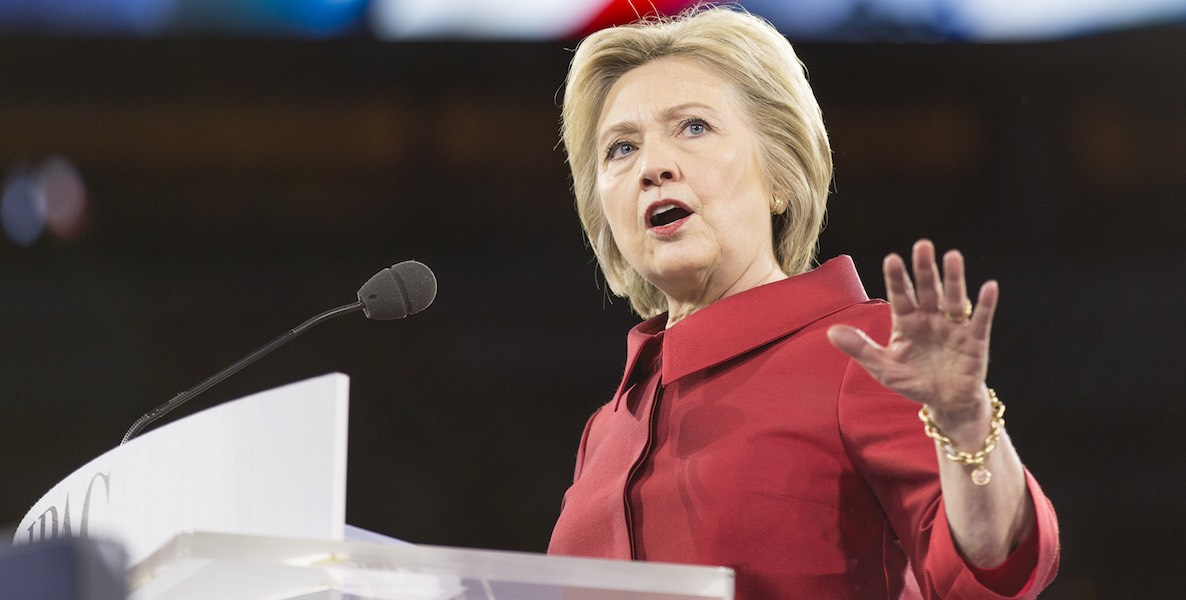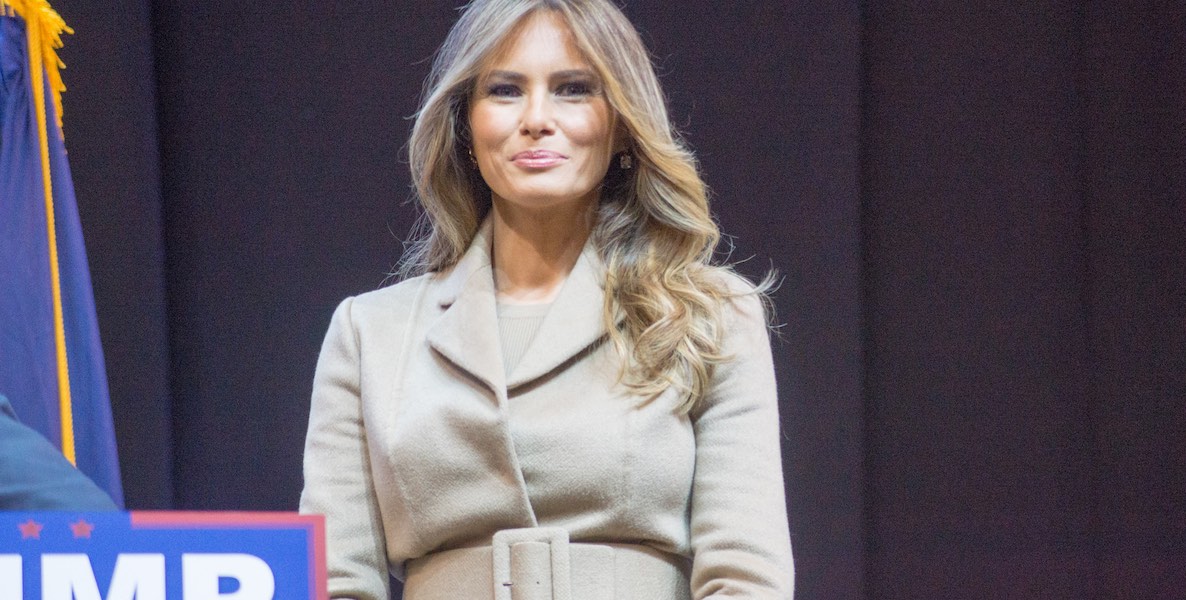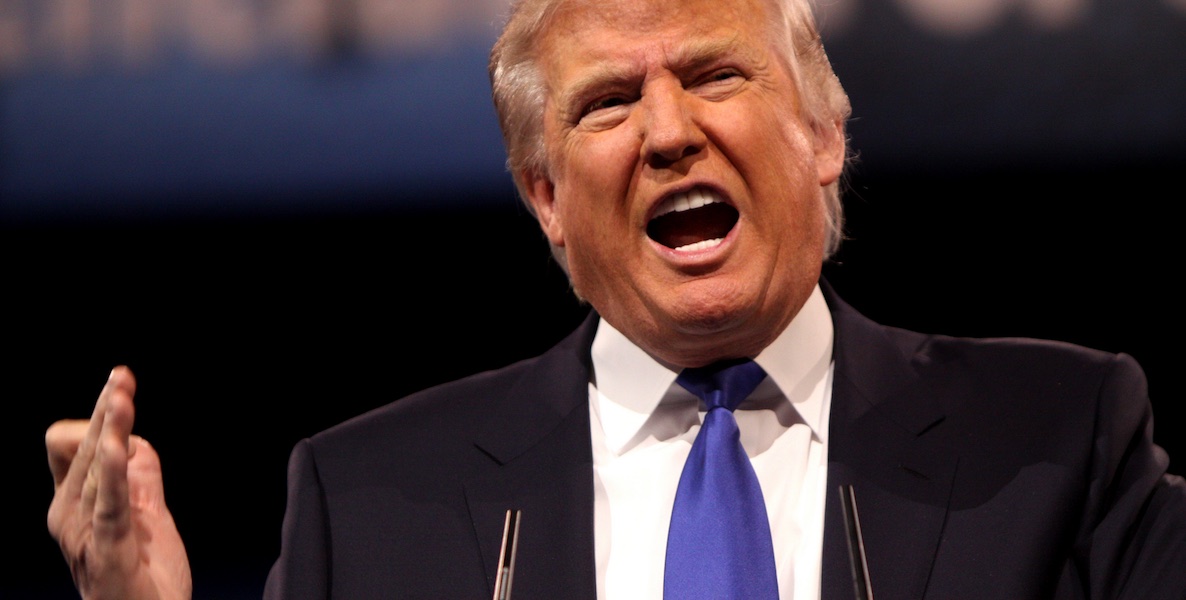When he made his acceptance speech at the Republican National Convention, Donald Trump breathed new life into a term that many have not heard in a number of years: law and order.
Law and order refers to a policy of strict punishment, including draconian penalties as a response to violent crime. Its proponents rely on prison and police repression as the weapons of choice to solve society’s problems, often at the expense of civil rights and civil liberties. An effective campaigning slogan for politicians over the years to reach white blue collar voters, the harsh policy prescription has resulted in a crisis of police brutality and mass incarceration in communities of color. Recent efforts to hold law enforcement accountable—including the #BlackLivesMatter movement—are an answer to the harm caused by tough-on-crime measures.
Law and order as we know it today was the invention of Richard Nixon’s presidential campaign. With the aid of strategist Roger Ailes, more recently the banished architect of Fox News, Nixon was able to exploit white middle-class fear and anxiety around crime and violence. This came at a time of white angst over civil unrest and urban rebellion, and the protests of the civil rights and antiwar movements. And Ailes’ campaign ads conveyed images of disorder and mayhem, with Nixon as narrator proclaiming that “we shall have order in the United States.”
The proponents of Law and Order rely on prison and police repression as the weapons of choice to solve society’s problems, often at the expense of civil rights and civil liberties. It’s been an effective campaigning slogan for politicians over the years to reach white blue collar voters.
At the 1968 Republican National Convention, the party’s nominee for president reinforced these themes. “Let’s never forget that despite her faults, America is a great nation,” Nixon said. “America is in trouble today not because her people have failed but because her leaders have failed. And what America needs are leaders to match the greatness of her people.”
Nixon conjured up an image of rampant crime and lawlessness, a wave that he proclaimed would end. “We shall re-establish freedom from fear in America so that America can take the lead in re-establishing freedom from fear in the world,” he added. “And to those who say that law and order is the code word for racism, here is a reply: Our goal is justice for every American. If we are to have respect for law in America, we must have laws that deserve respect. Just as we cannot have progress without order, we cannot have order without progress, and so, as we commit to order tonight, let us commit to progress.”
Earlier this year it was revealed that Nixon had concocted the war on drugs as a political power play to win the election. He targeted his two enemies: the antiwar left and black people. Rather than make it illegal to be black or to oppose the Vietnam War—which he certainly could not do—Nixon made the public associate the former with heroin and the latter with marijuana. “And then criminalizing both heavily, we could disrupt those communities,” the late Nixon aide John Ehrlichman told Dan Baum of Harper’s. “We could arrest their leaders, raid their homes, break up their meetings, and vilify them night after night on the evening news. Did we know we were lying about the drugs? Of course we did.”
Fast forward to today, and Trump is channeling Nixon’s law and order stance, crafting a narrative of a national crisis, despite low levels of crime. “The attacks on our police, and the terrorism in our cities, threaten our very way of life,” Trump said at the RNC in Cleveland. “Together, we will lead our party back to the White House, and we will lead our country back to safety, prosperity, and peace. We will be a country of generosity and warmth. But we will also be a country of law and order,” he added. “There can be no prosperity without law and order.”
Although Trump is borrowing from the Nixon playbook, he more closely embodies the tough personality of Philadelphia Mayor Frank Rizzo. Known for his braggadocio and controversy—once tucking a nightstick into the cummerbund of his tuxedo—Rizzo was the hero of a white working class discontented over job losses, crime and the presence of black people. As police commissioner from 1967 and 1971, he raided gay bars, and angered the African-American community with police riots and raids on black activist organizations such as the Student Nonviolent Coordinating Committee (SNCC) and the Black Panthers, stripping the Panthers down naked with cameras rolling, and forcing them out in the street. As mayor throughout the 1970s, Rizzo continued his war on poor black communities and black protest. He once told a reporter, “I’m going to make Attila the Hun look like a faggot.”
Law and order as we know it today was the invention of Richard Nixon’s 1968 presidential campaign, with the aid of strategist Roger Ailes, more recently the banished architect of Fox News. Although Trump is borrowing from the Nixon playbook, he more closely embodies the tough personality of Philadelphia Mayor Frank Rizzo.
The Rizzo legacy was one of rampant, racially motivated police abuse. Between 1970 and 1978, the Philadelphia police shot 469 people—two-thirds of them black—killing 162. This led to the U.S. Department of Justice suing the city. Rizzo’s law and order stance continued after he left office with the 1985 police assault and aerial bombing of MOVE in the Powelton Village section of West Philly, which led to 11 dead, including five children, and the destruction of 61 homes, leaving 250 people homeless.
A DOJ report last year found that the use of deadly force by Philadelphia police was on the rise, even as crime dropped. Between 2007 and 2013, Philly cops fatally shot people at a rate six times greater than the NYPD, and 80 percent of these were black. The report made a host of recommendations regarding the need for police deadly force and de-escalation training; better supervision; community-oriented policing; external oversight; transparency and accountability. Since its initial finding, the Justice Department’s Office of Community Oriented Policing Services has praised the city for its efforts at reform, and is expected to release another report on Philadephia’s progress in October.
Meanwhile, the Black Lives Matter movement—which endorses such law enforcement and criminal justice reform measures to end police violence, even going after police union contracts to do so—is itself criminalized by law and order proponents. From Nixon and Rizzo to Trump, the law and order playbook has not changed. Equated with safety in white America, law and order has proven deadly for communities of color in Philadelphia and across the nation.
Photo header: Flickr/Gage Skidmore


